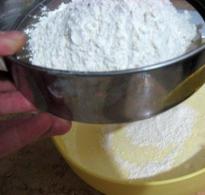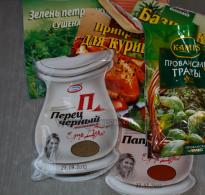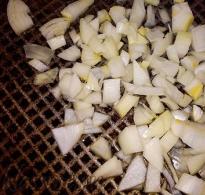Mushrooms are neither animals nor plants. Mushrooms: the most mysterious group of living creatures on earth
Mushrooms are incredibly diverse in shape and color. However, most of their lives are hidden from our eyes. Along with plants and animals, fungi form the third kingdom of organisms.
text: Henning Engeln
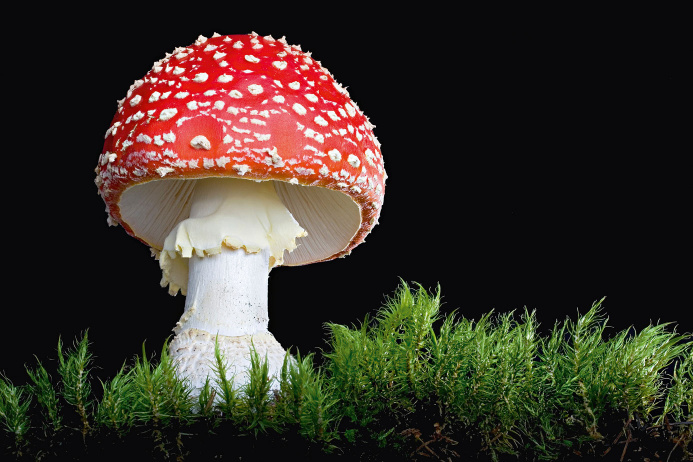
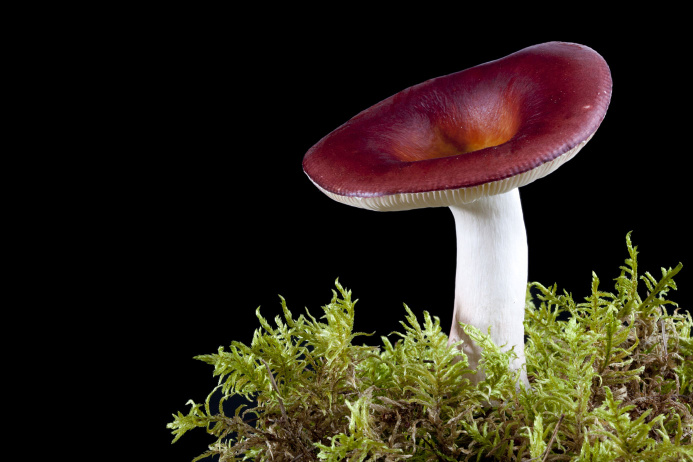


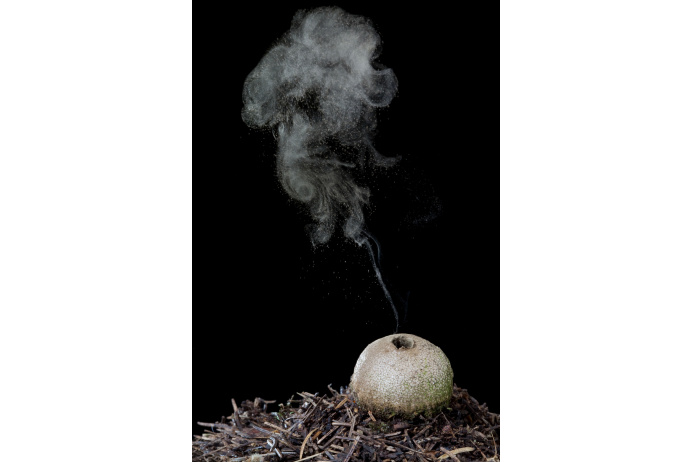
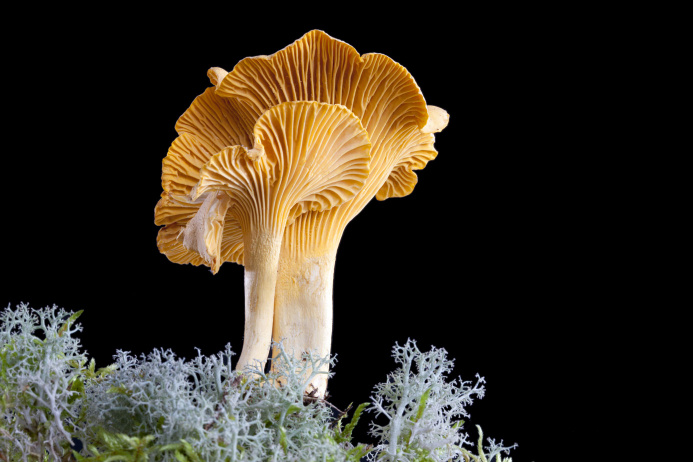

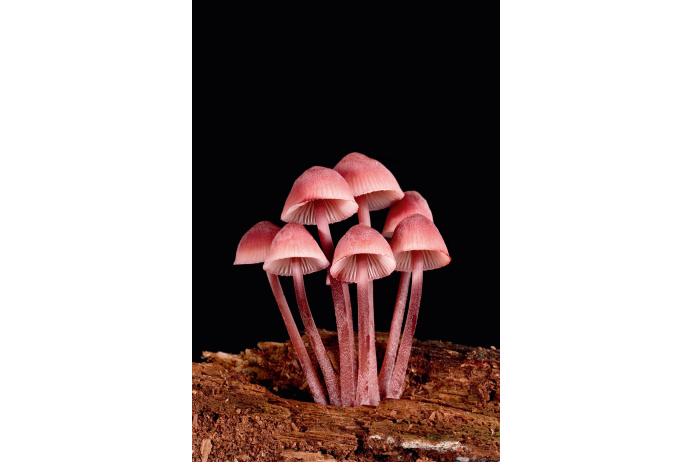
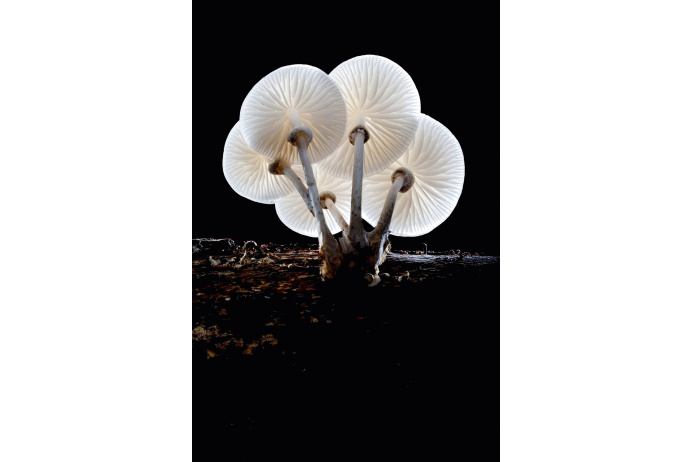

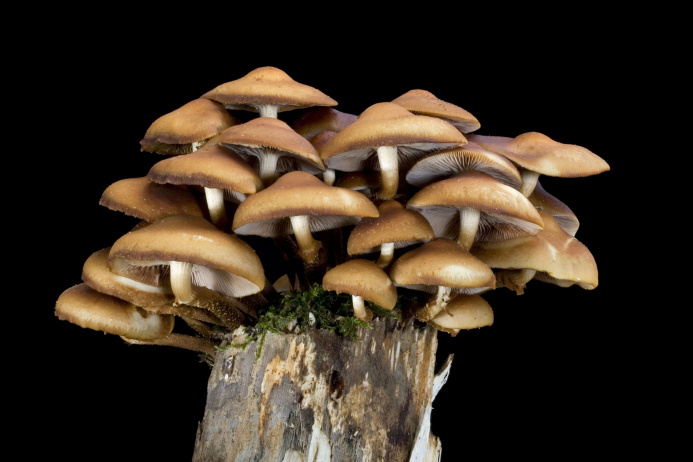

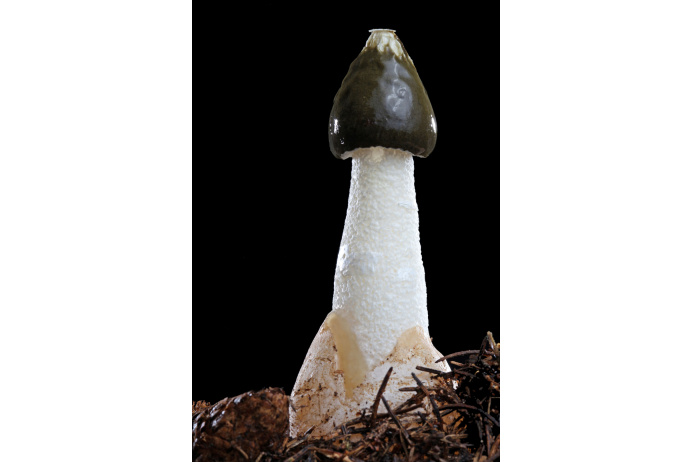
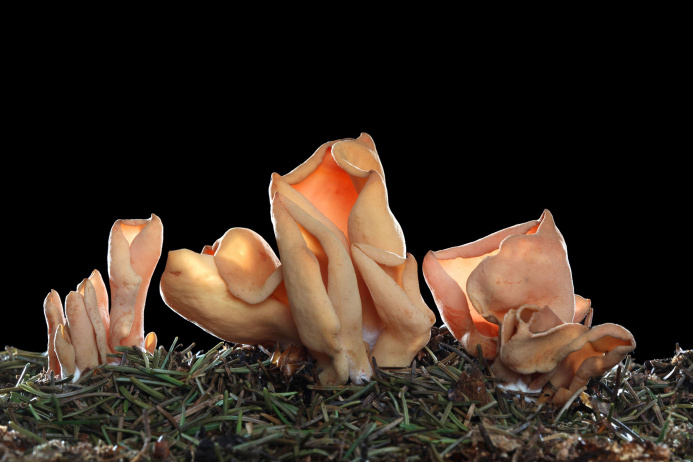
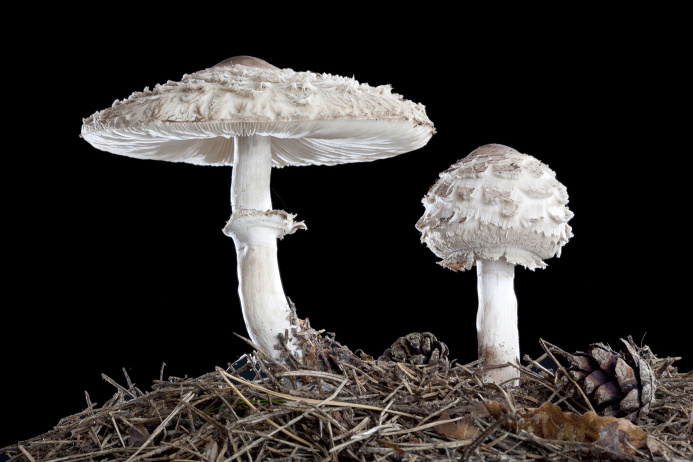
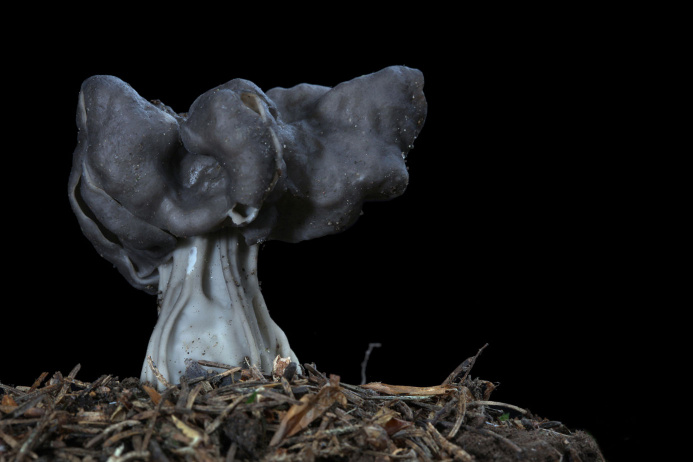


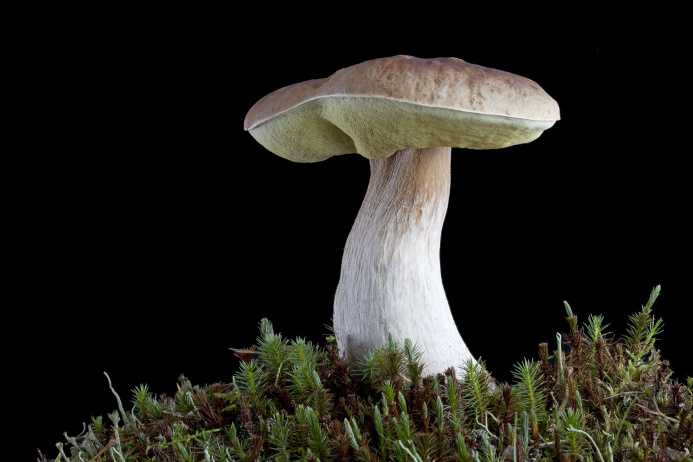
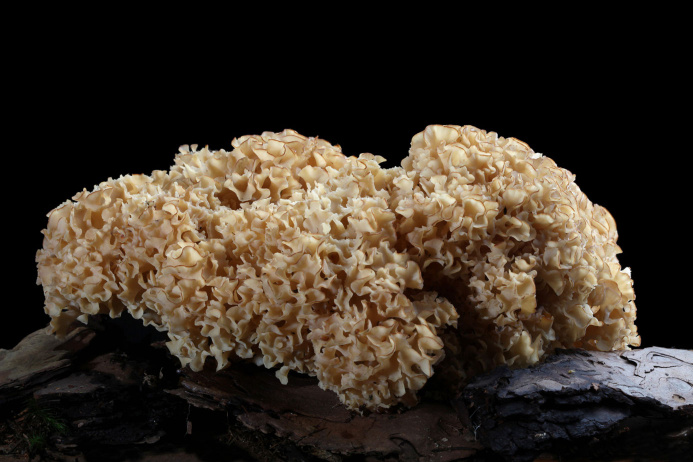
The largest living organism on Earth is not the blue whale, which grows up to 30 meters in length. And not a giant sequoia over 100 meters high. This is a mushroom whose underground network occupies 965 hectares.
The honey fungus (Armillaria solidipes), found in the US state of Oregon, weighs approximately 600 tons. Its age is more than 2000 years. Research has shown that this mushroom is a single organism: all samples of honey mushroom are genetically identical. The giant honey mushroom destroys the stereotypical idea of mushrooms. After all, they are usually considered plants, and the mushroom cap is the organism itself. Both are wrong. Mushrooms are neither plants nor animals, but a separate kingdom that separated from other living beings more than a billion years ago. The above-ground part of the fungus is only a small part of the organism, which serves exclusively for reproduction (like flowers in plants). The main part of it is in the ground.
Misconceptions about mushrooms are largely explained by the fact that their life is invisible. Many people think something like this: “Just think, mushrooms... Even if they didn’t exist in nature, we would only lose a few culinary delicacies.” This is wrong. Without mushrooms, humanity would be left without wine, beer and antibiotics. Moreover, mushrooms had a huge impact on the course of evolution. They contributed to the spread of plants across continents. Without mushrooms, forests in their current form and, probably, their inhabitants would not exist. And the person might not exist.
Mushrooms live motionless, they have no eyes, no ears, no legs. In general, no organs that make them look like animals. Therefore, people have long considered them to be part of the kingdom of flora.
However, fungi do not have organs typical of plants. Most plants contain the green pigment chlorophyll, with which they absorb energy from sunlight. Mushrooms are not capable of this. Therefore, like animals, they feed on organic matter.
When scientists first put sections of fungal tissue and green plants under a microscope in the 17th century, they saw differences in the structure of their cells and fine structures. Then it turned out: in plants, the cell walls are made of cellulose, and in fungi, they are made of chitin, that is, from the same material as the shells of spiders, crayfish, insects and other arthropods.
The situation turned out to be so confusing that in 1969 biologists decided to isolate fungi from
efficient kingdom. Further molecular genetic studies showed that in fact these organisms are even closer to animals than to plants! Only in fungi the cells are hardened (they have walls), and in animals the cells of muscle tissue are, as a rule, elastic.
The first fungi were single-celled organisms. Then, at some point, several cells stretched out in a row, forming a thread-like structure. This is how multicellular fungi appeared.
But the “time of mushrooms” truly came when living organisms began to conquer land. Up to this point, only water mushrooms existed, which still exist today. Most likely, it was the mushrooms that were the first to master the land, populating coastal areas long before representatives of the flora did.
The first plants ventured onto land about 460 million years ago, that is, many millions of years after fungi. These were green algae, and they managed to get to land probably only in symbiosis with fungi. Whether such a partnership arose in the aquatic environment or later, at the stage of land development, is still unknown. But the fungi got along with tiny green algae - and as a result, lichens arose. Some participants in this symbiosis (green algae) obtain energy through photosynthesis, while others (fungi) dissolve minerals from the material on which they live, obtaining vital nutrients. In this partnership, fungi are in the lead: not only the shape of lichens, but also their structure depends on them.
The first land plants evolved from green algae. They were simple and moss-like: there were no roots, no stems, no leaves. From them the first vascular plants developed, from which, in the course of evolution, the rest of the flora - from flowers to trees - originated.
The partnership with fungi continued, but narrowed to include the root system of plants. Tiny mycelium settled in the roots (often even inside plant cells), threads of which grew through the cell walls into the surrounding soil. As a result, the area from which the roots absorbed nutrient salts and water increased. This is how the fungal root, mycorrhiza, appeared. This symbiosis is considered one of the most significant in the history of the Earth. After 115 million years, the first seed plants joined the symbiosis, and this cooperation continues to this day: more than 95 percent of modern land plants form mycorrhizae.
After the plants colonized the land, their dead parts began to accumulate in the soil. These organic substances have become nutrient medium for mushrooms that have the opportunity to survive outside of symbiosis, on their own.
Biologists divide the fungal kingdom into five divisions. First: basidiomycetes, which include many edible mushrooms. They often form fruiting bodies - typical mushroom caps. Many of them feed on wood, the rest on plant material. About 30 thousand species of basidiomycetes are known.
Second: marsupial mushrooms. These include a wide variety - from truffles, morels and some molds to single-celled baker's yeast. Marsupial fungi live on land (many in symbiosis with lichens), as well as in water, and are divided into different groups, numbering 65 thousand species.
Third: endomycorrhizae. They most often form fungal roots in symbiosis with many plants. About 220 species are known.
Fourth: zygomycetes. The most famous representatives are mushrooms, which cause bread, peaches, strawberries, and potatoes to become moldy. About 1000 species.
Fifth: chytridiomycetes. These single-celled organisms, which sometimes form a rounded fruiting body, are the oldest group, splitting off from other fungi in their time. About 1000 species.
Today, about 100 thousand species of mushrooms are known. But, according to experts, there are up to 3.5 million species of them on Earth - much more than vascular plants, of which 260 thousand species have been described so far.
The reason for the diversity and vitality of fungi lies in the structure of their body - very simple in comparison with the complex structure of animal organs and the structure of higher plants. If the fungus is not single-celled like yeast, it usually forms a network of small mycelium threads (hyphae), which is actually its body. Through the hyphae, the fungus receives food in the form of energy-rich organic molecules, as well as minerals and water.
A cube of soil with a side of four centimeters can contain up to two kilometers of hyphae, the contact surface area of which is 600 square centimeters, that is, approximately equal to a sheet of A4 paper.
Such a network grows with dizzying speed: every day the fungus forms up to one kilometer of new threads, and the hyphae quickly move into new habitats. The growth of threads also helps mushrooms during reproduction, which also occurs in a very unusual way.
Many fungi can be spread by asexual reproduction, forming millions of genetically identical spores - that is, the mushrooms actually clone themselves. But in those species that reproduce sexually, the hyphae of two copies must find each other and connect.
The role of sexual lure is played by specific substances secreted by the threads. The smell of such a chemical substance encourages the threads of another mushroom of the same species to grow in the desired direction - but only if these individuals are different in “mating type”. These types differ only biochemically, so biologists, when speaking about mushrooms, use the terms “plus” and “minus” instead of the definitions “male” and “female.”
If the types mate correctly, the filaments of both specimens of the fungus merge and form a new specimen of the same species. If these are basidiomycetes, then they break through to the surface of the soil, where they form fruiting bodies - the very mushrooms that people love to eat.
On the underside of mushroom caps are areas in which what is equivalent in purely biological terms to sexual intercourse occurs: the cell nuclei of the two parent mushrooms fuse, their genetic material is mixed and distributed into spores. The spores are microscopically small, but they are incredibly numerous: one giant puffball can release several trillion spores. They fly to altitudes of up to 60 kilometers and can fly across oceans. From the spores that have settled in a new habitat, hyphae again sprout.
Another driving force behind the successful development of fungi is probably the abundance of poisons and potent substances they produce. Mushrooms have no armor or other means of mechanical defense, and no legs to escape from predators. They have no teeth, stomach or intestines to grind and digest food. To survive, fungi need an arsenal of chemical weapons and biochemical tools.
Most people associate the word “mushrooms” with delicacies. But in fact, a much more important role in human nutrition is played by a group of much smaller single-celled species of fungi - yeast. As soon as these mushrooms enter the environment
with a lack of oxygen, the process of decomposition of sugar into alcohol begins and carbon dioxide. Thus, mushrooms produce energy without the help of oxygen, and people get alcohol.
It is believed that the Sumerians used these tiny mushrooms to brew beer more than 6,000 years ago. 5,500 years ago, the Assyrians used them to ferment grape juice turning it into wine. Yeast is also used in baking.
Other substances from the chemical arsenal of mushrooms have also proven to be very useful for humans. In 1928, bacteriologist Alexander Fleming, observing the growth of purulent bacteria, accidentally noticed that in some places they did not grow. It turned out that the development of bacteria was suppressed by the fungus Penicillium notatum. It was contained as an impurity in a bacterial culture, grew in it and released a substance that killed the bacteria. Obviously, this is how the fungus defended itself from their attack. Fleming named this substance "penicillin", discovering the first antibiotic.
Another drug derived from molds is called cyclosporine. He suppresses immune system person, preventing the rejection of transplanted organs.
In ancient times, white tinder, or larch sponge, was considered a panacea. various mushrooms used in oriental medicine. And of course, since ancient times, people have used the rich range of intoxicating chemicals released by mushrooms: for example, Siberian shamans learned to enter a trance with the help of a fly agaric 6,000 years ago.
Scientists discovered another type of mushroom toxin only in 1960. They discovered that the mold Aspergillus flavus produces a powerful carcinogen - a mycotoxin. A dose of one to ten milligrams of this substance per kilogram of human body weight is already lethal. Aspergillus flavus grows most often on fat-containing fruits such as peanuts and other nuts. This mold damages the liver and even causes cancer. However, the disease develops so slowly that its symptoms for a long time were not connected in any way with the true cause - possible use this fungus.
Animals also suffer from fungi, but they cause the most serious damage to plants. It is fungi that cause most of the most severe diseases in plants. In Central Europe, fungi are responsible for 80 percent of all cases of infection of cultivated plants (bacteria and viruses are responsible for the rest). Because of them, up to 20 percent of the crop dies.
Even the Oregon giant honey fungus lives at the expense of others. Its hyphae grow along the roots of coniferous trees and penetrate them at the first opportunity. By destroying the roots of a tree, the fungus kills it, decomposes the wood and feeds on it.
But every cloud has a silver lining: the fungus usually attacks weakened trees, promoting the selection of healthy ones. In any case, the role of fungi as decomposers should not be underestimated. There is hardly a single carbon compound that is not destroyed by one or another type of mushroom. Without these destroyers (the so-called heterotrophs), which include bacteria in addition to fungi, the ecosystem of our planet would lack many vital minerals. Carbon, nitrogen and other elements in organic matter would remain bound forever, and the Earth would simply suffocate under a huge layer of organic matter.
A very large group of living organisms are mushrooms. The entire wealth of life forms in biology is divided into three kingdoms: the kingdom of animals, plants and fungi. Mushrooms are neither animals nor plants. They are diverse in size, shape and functions, which they perform in the surrounding nature. By decomposing dead organic matter, they play the role of orderlies and participate in the enormous processing of industrial and human waste.
Mushrooms have been used in cooking since ancient times. We must never forget that not all mushrooms are suitable for consumption. The effect of mushrooms on the human body often manifests itself individually. In nature, mushrooms mutate, and those that were previously edible can become poisonous and produce toxins. Not all mushrooms mutate, more precisely in one case out of a hundred thousand. Even the best mushroom picker cannot distinguish it from an edible one. Therefore, special mushrooms grown in greenhouses should be used for food, and especially in the nutrition of children. People have known about mushrooms for a very long time. The Greek scientist Theophrastus in the fourth century BC mentioned champignons, morels, and truffles in his works. The Roman naturalist Pliny, five centuries later, also wrote about mushrooms. He tried to be the first to divide into harmful and healthy mushrooms. The ancient Romans also knew the dangers of eating mushrooms. There was such a thing that it was necessary to get rid of an objectionable government figure; he was served a dish with poisonous mushrooms.
Mushrooms are amazing living creatures. They have no leaves, no roots, no fruits, no seeds, they don’t even bloom. And they reproduce by spores spreading underground.
There are many types of edible mushrooms. The most famous boletus, boletus, saffron milk cap, boletus, chanterelle, honey mushroom, boletus, russula. Kozlyaki and yellow podgruzdi, valui and svinushki, whitefish and moss mushrooms are less well-known. They are all united in the group of caps, because they consist of a stem, a cap and a stump. Truffles, morels and stitches belong to edible mushrooms, they all differ in structure from the cap ones.
It is better to pick mushrooms in the morning. When picking, mushrooms are trimmed with a knife; under no circumstances should they be pulled out by the roots. The mushrooms then multiply further if the mycelium is left. If some mushroom is not familiar to you appearance, carefully pull it out, inspecting the lower part, identify the signs indicating what type of edible mushroom it is suitable for. Do not under any circumstances collect unknown and wormy mushrooms. When you collect mushrooms, they must be cleared of leaves, soil and needles. To avoid breaking, mushrooms must be placed carefully in a low basket. In order to peel mushrooms you need to use small of stainless steel knives. After about five hours they can be used for cooking, as they spoil very quickly. If you are not well versed in mushrooms, you should be guided by the experience of local residents who understand this very well. Many mushrooms grow on roads, and in environmentally unfavorable places, they absorb radioactive substances. Such mushrooms are very dangerous to eat, even if they look appetizing.
The properties of mushrooms have been little studied, although they play a huge role in the biosphere. Mushrooms are similar to plants, but they are similar to the animal kingdom in many ways. One of the problems in agriculture is the infection of cultivated plants by fungi. Such a fungal infection is phytoflora, which forces summer residents near Moscow to pick tomatoes green.
Professor, Doctor of Biological Sciences, Head of the Department of Mycology and Algology of the Faculty of Biology of Moscow State University Yuri Dyakov talks about the biological diversity of mushrooms and what brings mushrooms closer to animals.
– What are mushrooms?
– When inquisitive mushroom pickers find some amazingly shaped organisms in the forest, such as an earthen star or a fungus, which in general do not have a typical shape for mushrooms, they bring them to us, and not to other specialists. That is, they understand how mushrooms differ from non-mushrooms. But the more detailed and deeper you look, the less clear what mushrooms are. And there is such a definition: mushrooms are eukaryotic organisms (that is, organisms with a cell nucleus) that feed exclusively somatrophically - that is, they do not create, but absorb nutrients throughout the body.
Fungi, unlike plants, are not capable of photosynthesis, of creating organic matter from inorganic matter; they need organic compounds in the environment. But they absorb them not like animals that have special mouthparts, a digestive tract, and so on, but with their whole body. This method of nutrition imposed peculiarities on everything - on the morphology, biology, biochemistry of fungi. In most mushrooms, their body is made up of highly branched threads - mycelium. This is the best way to absorb nutrients.
The second feature is that mushrooms have very powerful hydrolytic enzymes that destroy complex polymers, such as proteins, polysaccharides, lipids and others into individual building blocks - monomers, which can pass through the integument of the fungus. This requires very powerful enzymes that are released into the environment. Fungi are used in biotechnology to produce enzymes that break down organic compounds. By its structure mushroom body- this, one might say, is an intestine turned inside out, because the intestine secretes enzymes inward, and they break down food, and mushrooms secrete enzymes outward.
Another feature is related to the fact that in order to suck it all up, you need very powerful pressure. That is, the mushroom mycelium is a pump that develops enormous pressure, allowing these solutions to be driven into itself. Let's say the fruiting bodies of champignons break through the asphalt.
Another feature is the organs that carry spores. In mushrooms they always rise above the substrate. What people call mushrooms are precisely the structures in which spores form.
– Do we usually call only part of a mushroom, its fruiting body, mushrooms?
-Only a reproductive organ. If you pull out a mushroom with a section of soil, you can see that it has light threads of mycelium. This is the mushroom itself.
– What are mushrooms closer to animals or plants?
– When Linnaeus created his system, the principles of which are still generally accepted, and which molecular and gene taxonomists are now trying to revise, he did not know where to place the mushrooms. He dumped everything that was incomprehensible into one pile, including mushrooms, and called it chaos. Now, with the help of these methods, which make it possible to determine the genetic relationship of an organism, that is, the analysis of not phenotypic characteristics, but the genome, it has been possible to show that fungi are not a single group. Fungi consist of at least three independent, completely different evolving lineages. One line is real mushrooms. The second group is very close, very related to yellow-brown-colored algae that have chlorophyll C. And the third group is very close to animals, the so-called myxomycetes, which crawl like amoebas and in general they not only absorb, but can also absorb with the help of a membrane vesicle whole particles. They are called slime molds.
– Is the role of mushrooms really that great in nature and in the cycle of substances?
– In nature, the role of mushrooms is twofold. First of all, they have a unique set of enzymes that break down extremely resistant biopolymers such as cellulose and lignin. In terms of carbon content, cellulose and lignin are two polymers that rank first among all others. Moreover, they are stored in wood, in swamps, and in soil.
In addition to fungi, cellulose can also be destroyed by bacteria that live in the intestines of ruminants, and bacteria that are used to soak flax. But lignin, this persistent polymer consisting of condensed aromatic rings, is an incredibly persistent substance that no one except mushrooms destroys. It is part of wood; in wood it is second in mass only to cellulose - fiber. And in carbon content it even exceeds fiber. During the operation of the pulp and paper industry, lignin waste is produced - entire waste heaps, and it is not clear what to do with it. It's poisonous. And now they are trying to solve this problem with the help of fungal enzymes. There are a lot of biotechnologies, a lot of people are involved in this business. This is where mushrooms can be helpful.
But due to the fact that mushrooms have powerful and diverse enzymes, they are powerful destroyers, especially of wood products. Fungi infect all wooden buildings and wooden sleepers. Let's say, now there is a serious problem with the beautiful cathedral in Kizhi, which is actually being destroyed and there are many different programs on how it needs to be saved, but still.
– Does the Cathedral in Kizhi need to be saved from mushrooms?
– Offered different variants, up to the complete rebuilding of the cathedral. Ancient manuscripts suffer from mushrooms. And the most important problem is related to the fact that fungi are the causative agents of many plant diseases, both wild and agricultural.
– Tell us more about plant diseases caused by fungi.
– Fungal epidemics sometimes influenced the fate of entire nations. In Ireland, after a severe late blight epidemic, the entire potato crop died within two years. And in 19th century Ireland, 40% of the population had half of their diet made up of potatoes. That's why great amount Irish people died of starvation, and about one and a half million emigrated to America.
– All summer residents near Moscow are faced with late blight.
Mushrooms are essentially a cross between animals and plants. Although until 1970, based on their functional purpose, they were classified as plants, then they were already brought into separate category living organisms.
What is the rationale for this allocation and Whymushrooms cannot be considered plants, consider below.
Why can't mushrooms be considered plants or animals?
The basis for classifying mushrooms as plants:
The first reason is that fungi can appear everywhere, just like plants. We don’t see how plant seeds are transferred along the ground, do we? Likewise, mushrooms can appear in any area. Of course, for mushrooms to appear, it is necessary that the seed of the mycelium be introduced and the soil be fertile for its growth.
And also the absence of chlorophyll, the possibility of carrying out the process of photosynthesis, that is, the development of pigmentation associated with the presence of sunlight, i.e. The process of development of the fungal body itself is more justifiably attributed to the original single-celled species of living organisms. Although, mushrooms can be either unicellular organisms or multicellular based on their modern species.
Also, unlike plants, mushrooms:
- Heterotrophic type of nutrition, that is, from the uterus - mycelium;
- The presence of animal-type cells from plastid, chitin, glycolin.
- There are no tissue organs, similar to the structure of plants.
- Peculiar methods of propagation, different from plant propagation.
- Cells are binucleate, and not, like plants, mononucleate.
Based on these microbiological theses, it is clearly clear that mushrooms are a cross between the plant and animal worlds, and the correctness of classifying them into a separate category is justified.
The mythical origin of mushrooms and their significance in people's lives
According to Tajik myths, mushrooms are considered something like Mother’s lice, which she threw from the sky. That is, something dirty and harmful.
The positive aspect is the myth about the appearance of a man. Although the appearance of a woman and the structure of life are not substantiated in advance.
The Kentish legend says that the men sown by the god Essene in the form of mushrooms - phalluses, had as their function the satisfaction of the women who visited them. At the same time, women were “seeded” in the same way, but somehow they turned into people faster. One woman decided to snatch her phallus mushroom from the hands of Mother Nature and bring it home to the tent. And from that time on, the mushrooms in the area began to quickly deteriorate, although some of them, following the example of that woman, were picked and turned into men.
By classifying mushrooms into a separate category, without clearly defining its characteristics, scientists show that the topic of the presence and development of mushrooms has not yet been fully studied. This makes it likely that in the near future new scientific discoveries will emerge and the status of fungi in the system of organisms on earth will be substantiated.

